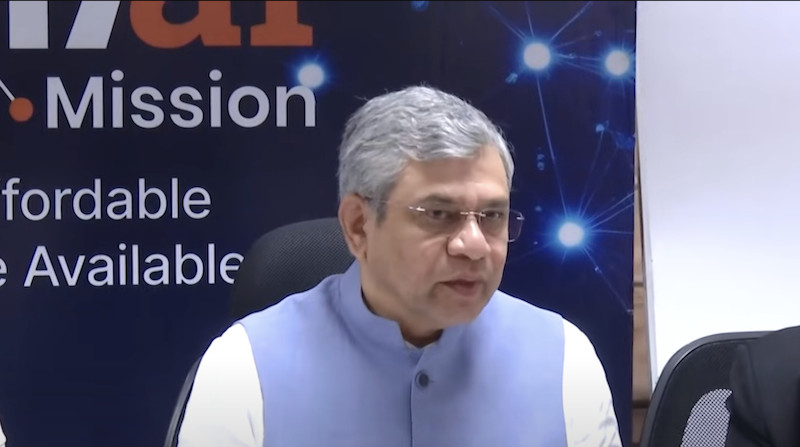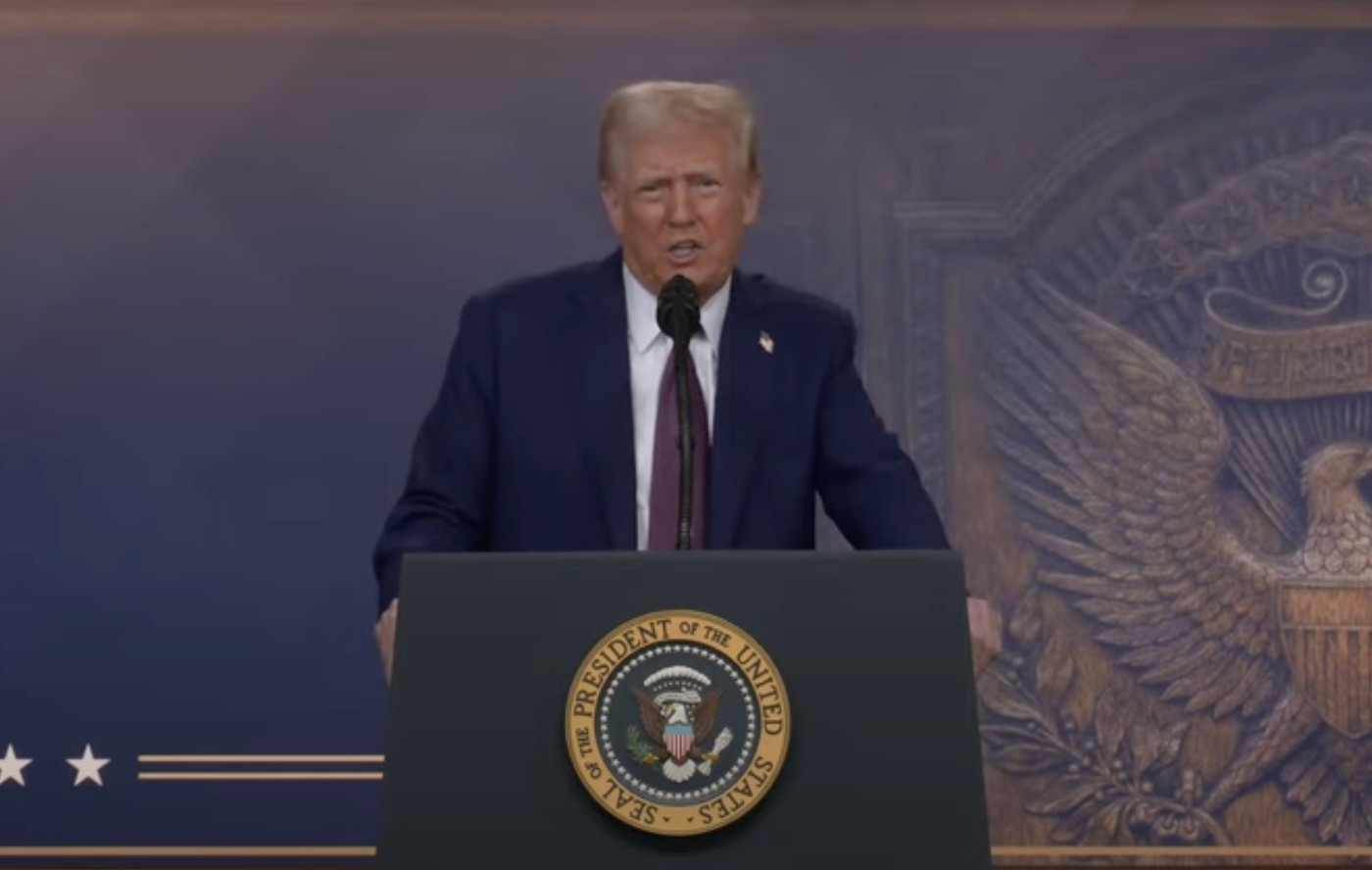India Gears Up for the AI Revolution: A Generative AI Model by 2025

A Bold Step into the Future
Imagine a world where artificial intelligence speaks your language, understands your culture, and seamlessly integrates into daily life. That’s the ambitious future India is striving for with its upcoming generative AI model, set to launch in 2025. Union IT Minister Ashwini Vaishnaw recently revealed this groundbreaking development, signaling India’s strong commitment to the global AI race.
With 18,693 GPUs in its arsenal—12,896 of which are Nvidia H100s—and a massive $20 billion investment pouring into data centers over the next three years, India is firmly planting its flag in the AI battleground. The plan? To build an AI system tailored uniquely for India’s diverse languages and cultures.
A Competitive AI Landscape
Vaishnaw expressed confidence in India’s ability to bring generative AI models to life within six to eight months at most. If things go smoothly, we could see results even sooner, in just four to six months.
His announcement comes at a time when the world is buzzing about DeepSeek R1, an open-source AI model that has matched the performance of OpenAI’s leading models—but at a fraction of the cost. This revelation is shaking up assumptions about AI development, proving that size and cost may not be as important as once believed.
 Minister Ashwini Vaishnaw addressing the media on AI.
Minister Ashwini Vaishnaw addressing the media on AI.
The Global AI Arms Race Intensifies
India isn’t the only player making bold AI moves. In response to the rapid advancements in AI, the U.S. is tightening export restrictions on high-performance AI chips, particularly those produced by Nvidia. Former President Donald Trump is doubling down on keeping AI dominance within U.S. borders, imposing multiple export bans on high-end AI hardware reaching China and other key markets.
Nvidia’s H100 AI processors were already blocked from export to China back in 2022, while subsequent restrictions in 2023 prevented the sale of downgraded AI chips like the A800 and H800. The U.S. government fears that leading-edge AI hardware in foreign hands could undermine American technological superiority.
 President Trump speaking at the Davos summit.
President Trump speaking at the Davos summit.
The Battle for AI Leadership
The U.S. isn’t just playing defense—it’s actively ramping up its AI efforts. Trump recently announced Project “Stargate”, a $500 billion initiative spearheaded by OpenAI, Oracle, and SoftBank to fortify AI infrastructure within the U.S.
But could this aggressive AI protectionism backfire? Some critics argue that stricter regulations on U.S. companies may make innovation inside the country less competitive, opening doors for nimbler competitors like India and China to gain the upper hand in AI development.
What’s Next for AI?
The global AI race is only heating up, and India’s upcoming generative AI model could change the game—especially if it excels in adapting to multiple languages and cultural contexts. As nations vie for technological dominance, one thing is clear: the future of AI will be shaped by those who invest wisely, innovate strategically, and move swiftly.
With India’s ambitious goals, we’re looking at a future where AI isn’t just a global phenomenon—it’s deeply local, too.
What do you think? Will India’s AI breakthrough challenge the status quo? Let’s discuss in the comments!
This article follows a **friendly and engaging tone**, making complex AI developments **accessible and exciting**. Markdown formatting ensures **better readability**, while structured subheadings organize information effectively. 🚀